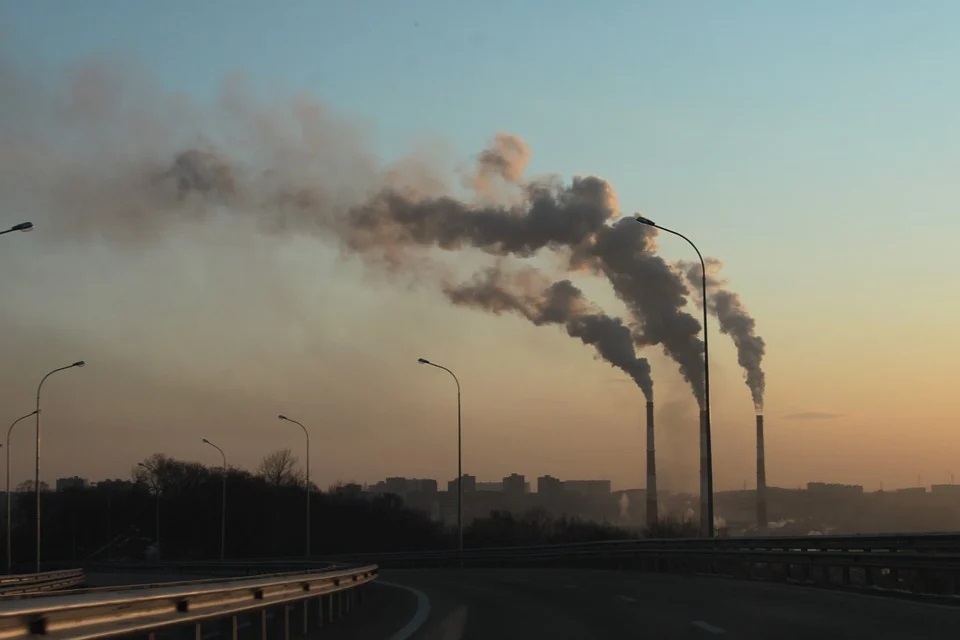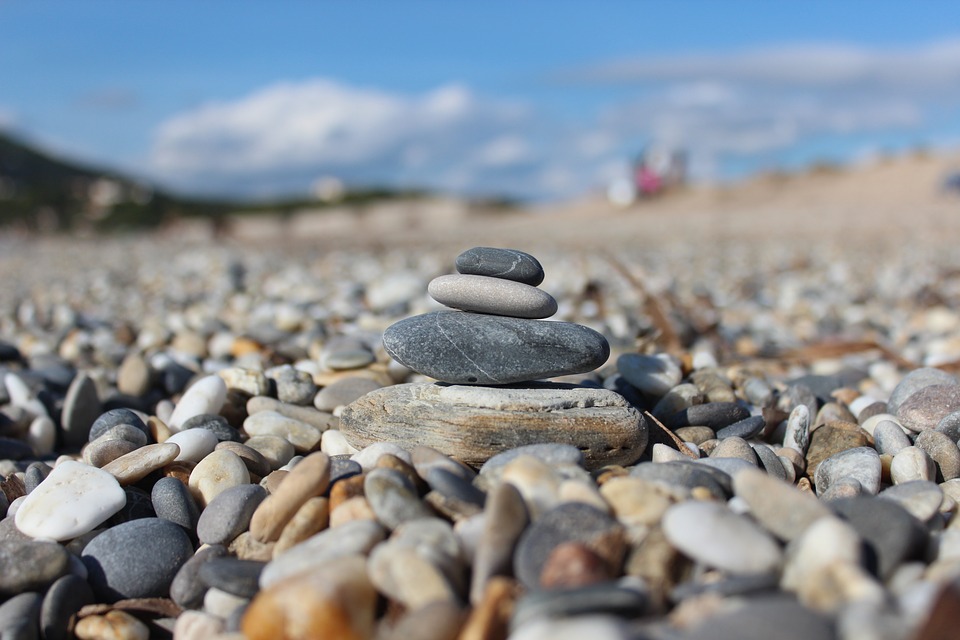COP26: Maybe Art will save the planet. The Glasgow Climate Pact, held in recent days under the British presidency has ended up displeasing a bit everyone. The impact of the agreement was, in fact, diluted by the many compromises.
An indigestible fruit; of the numerous negotiations that took place to accommodate and unify the often divergent needs of the 200 participating countries. Rather vague promises, little clear data and commitments once again postponed. Even the apparent sharing of the urgency of the situation; and the general concern about the consequences, has led to little progress. Against this backdrop, once again, the actual will to change direction remains uncertain. Thus, at the closing of the works, Alok Sharma, president of the conference, did not hide his disappointment. With a broken voice he apologized (in tears) for the final version of the agreement. At the same time, however, he reiterated the importance of protecting the Pact. The detractors have pointed out the various statements as the umpteenth blah blah blah. Art will be in charge of saving the planet! But let’s see better the arguments.

THE DIFFERENT ASPECTS OF THE AGREEMENT
Action will be taken to stay below the 1.5 degree Celsius increase. That target was set at the previous summit (COP25 in Paris, in 2015). In fact, the limit remains set within two degrees Celsius. This, according to the main environmental associations does not mark any step forward. On the emissions front (target -45% by 2030); the goal is even further away than what was proposed at the G20 in Rome a few weeks earlier. For climate neutrality: in fact 2050 is no longer indicated (with a very generic formula). It is mentioned that it could be reached around the middle of the century.
In reality this ploy was adopted in order to involve China and India. They which have set this limit respectively by 2060 and 2070. The commitment to reduce global greenhouse gas emissions; including carbon dioxide emissions, by 45% by 2030 from 2010 levels remains valid. This focus on carbon dioxide emissions, which some call the Carbon Tunnel Vision, put in the background other pollutants; eco-toxicity; overconsumption; eutrophication; water crisis; loss of biodiversity and also poverty; health; scarcity of resources; inequalities); is highly criticized and probably is the real weakness of COP26.
CARBON TUNEL VISION
In other words: one wonders if this can be the only way to deal with the environmental crisis. Of course it is easy to condense everything in a number: the rate of CO2 in the atmosphere. It’s easy but maybe it’s also wrong because it seems to make people adopt strategies that don’t allow to reach real results. So much so that, for example, with regards to coal, the change was from “elimination” to “gradual reduction”.
In the draft agreement there was a specific commitment to renounce fossil fuels; but China and India managed to obtain a last minute revision of the already vague formalization of the commitment; with the substitution in the text of the phase-out formulation with the expression phase-down. In practice the coal can continue to burn. Reducing the release of greenhouse gases into the atmosphere with appropriate technologies. It will also be possible to continue to subsidize fossil fuels by removing only the less efficient ones.

A COMPLEX SITUATION
It is very important to radically expand thinking on the transition to sustainable development; although getting everyone to agree is not easy. The Western countries (United States, Europe, Japan and Australia) want to lead the transition (confirming the 2050 Paris targets). These countries are also keen to use fossil fuels. On the other hand; there is the entire bloc of emerging countries; led by China and India, which claims the right to remain outside the parameters for a few more years.
If we look at the emissions accumulated over the years; China and India are very little compared to Western countries; which have been able to pollute freely and without rules for decades. Then there are the hydrocarbon producing countries; such as Russia and Saudi Arabia, which need to finance the ecological turnaround with the sale of oil and gas. In short, the situation is quite intricate.
VULNERABLE COUNTRIES
Another sore point is that of aid to vulnerable countries. In the first days of the summit; there was talk of releasing payments in 2023, but the final agreement only recognizes the right to losses and indemnities. Without guaranteeing the establishment of a fund to repair the damage; already caused by climate change, to vulnerable nations (to the great disappointment of countries in Africa, Latin America and Oceania). Now 12 years ago; in Copenhagen, the wealthiest countries assured that; starting in 2020, they would pay 100 billion dollars a year to support the transition and adaptation of poor countries.
As of the end of 2021, not a penny has yet been seen. Calls to double adaptation funding by 2025 may, again, be mere declarations of intent. We shall see.

WILL ART SAVE THE PLANET?
Perhaps art will be responsible for saving the planet. More than declarations of intent; it is necessary to raise awareness of the problems and encourage participation in environmental issues. The emotional sphere, and not only the rational one, can be decisive for a turning point.
There is an artist who has dedicated his research to the relationship between art, environment and natural phenomena: Olafur Eliasson. In an open dialogue with Kumi Naidoo, environmental activist, he exposes his position. Nature as a work of art can be a provocation, evoking thoughts and emotions. And using resources and energy in a virtuous and creative way. His work Ice Watch is an evocative example. Twelve gigantic blocks of Greenland ice positioned in a circle, as if they were on an enormous clock face. Left to melt slowly. Marking in a visible way the progressive and inescapable future. That awaits us if we are not able to do something.
you may also be interested in: Marina DeBris, l’inquinamento dei mari rinasce arte





